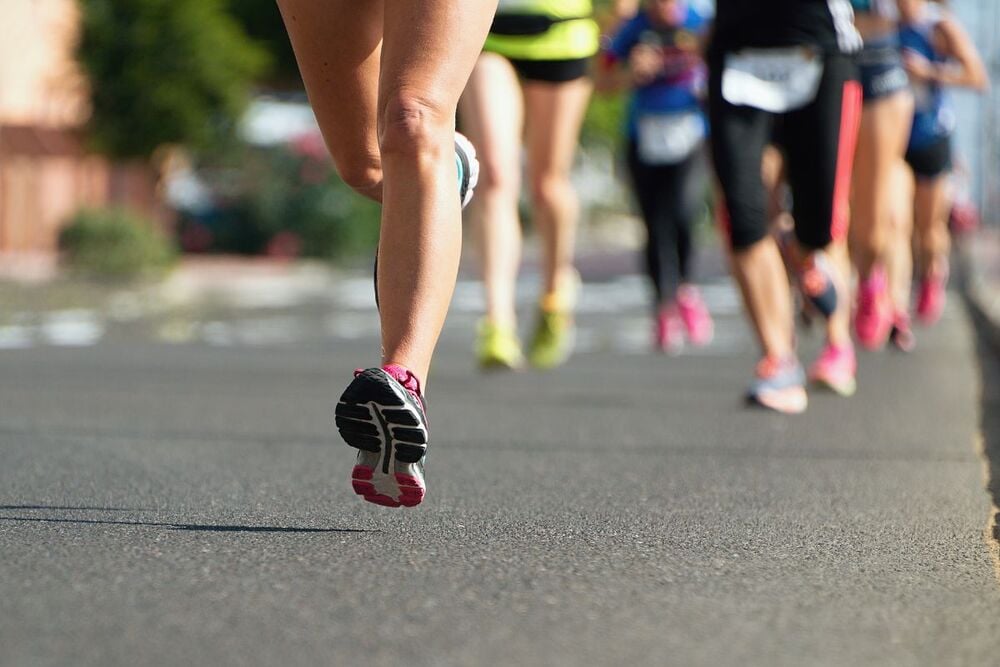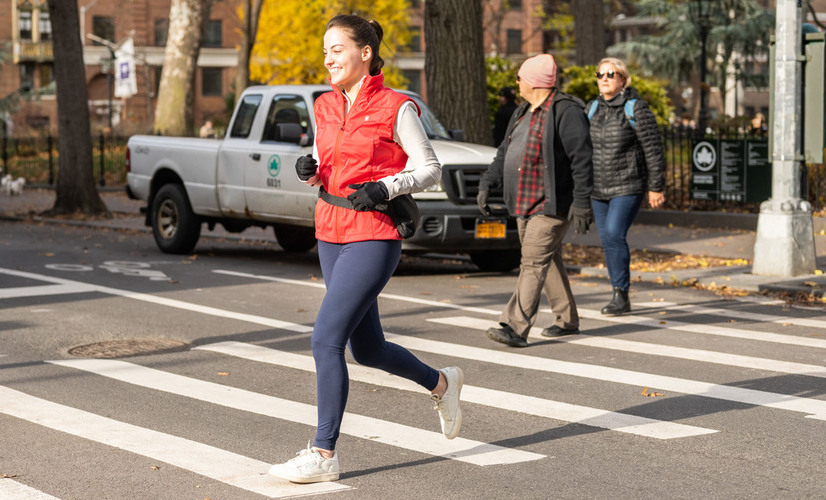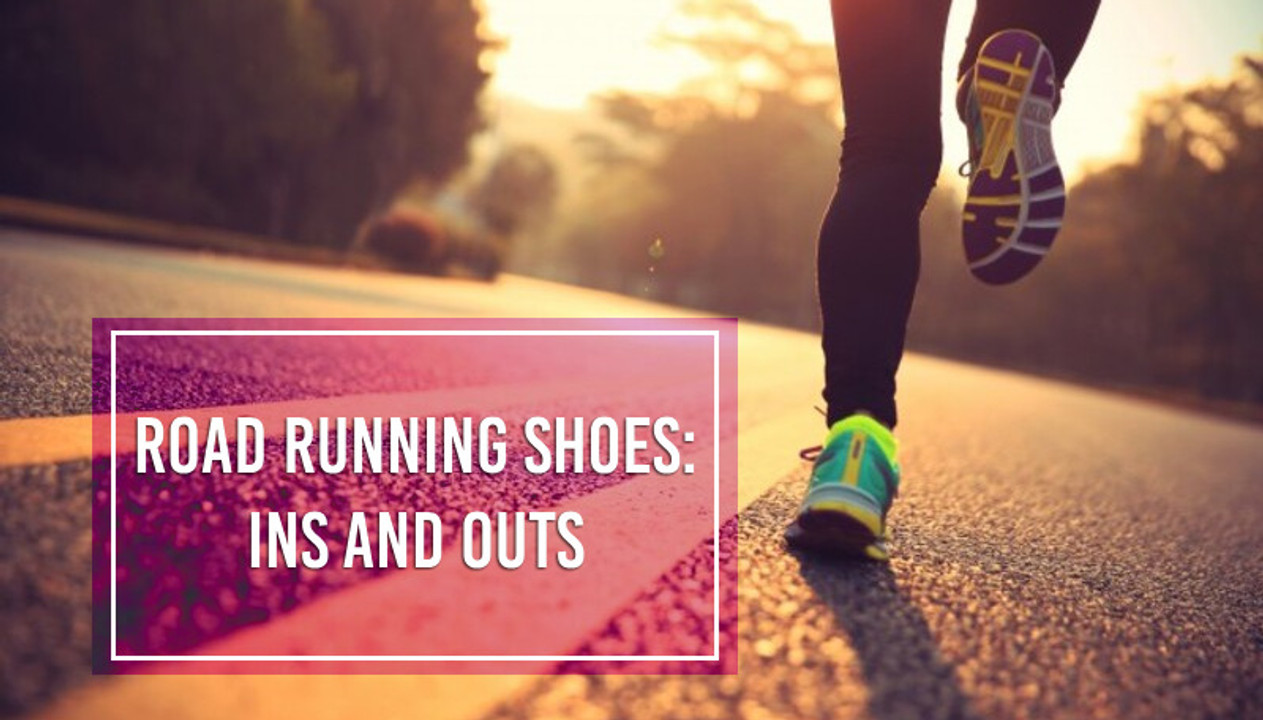The Rise of Road Running Shoes: Why They Are Preferred by Runners
When people got tired of having their feet pierced and wounded by whatever lay on the ground, they came up with footwear. Some time after that, people invented roads, and traversing territories became much easier. Modern roads, though much more comfortable than trails, still make runners face certain challenges. Road running footwear was designed specifically to address those issues and nullify their impact on the running experience. In this article, we’ll take a closer look at the evolution of running shoes and their distinctive features to understand why they are appreciated by so many runners.

The Evolution of Road Running Shoes
People have been running around in shoes for God knows how long, since the time footwear was invented, probably. However, it wasn’t until the late 1800s that a dedicated running shoe saw the light of the day. One of the earliest known examples of a running shoe can be traced back to 1865. It now rests in a museum in Northampton, England, a town well-known for its shoemaking during that period. The shoe has little in common with contemporary athletic shoes and takes after regular dress shoes, with the only exception being the spiked outsoles.
By the late 19th century, running shoes began to evolve with cross-country running becoming a staple part of athletic curriculums. Thanks to the process of vulcanization, it was now possible to fuse rubber and cloth which resulted in the development of the first canvas shoes with rubber soles. They were soon called sneakers as they allowed the wearer to move with much less noise than regular shoes. However, it was only after World War I that they began being sold as sports shoes.
Speaking of the 20th century, that is when the real transformation in running footwear happened. The Dassler Brothers, destined to eventually split up and found two footwear giants Adidas and Puma, started making track and field footwear in 1920. Adolf, the future founder of Adidas, developed different styles for long-distance runners and sprinters, marking the beginning of specialized running shoes. These early models were made out of materials like old tent canvas and rubber.
As technology advanced, so did the design and construction of running shoes. The introduction of light midsole foam and rigid plates significantly influenced distance running performances. This led to the creation of the first shoes that offered cushioning. These can truly be called the first road running shoes as they could address the impact of the road. Surprisingly or not, it was Nike that was the first to release such shoes.
The 70s brought a lot of good trends in running shoes. Sports science entered the scene, and from now on, podiatrists participated in researching and designing running footwear. The Brooks brand introduced ethylene vinyl acetate, better known as EVA, that is now used in every other running shoe, if not more frequently. One of Nike's founders, Bill Bowerman, introduced the waffle sole, which was much lighter than regular traction soles. The company was also the first to release running shoes designed specifically for women.
There are many other things to mention, but we’ve been bothering you enough. Long story short, within the next 40 years, a wide variety of other shoe modifications came into being. Shoes that tried to control pronation, stability shoes with profuse cushioning and bubble shoes with heel cushioning had all appeared before the new millennium came. At the beginning of the 21st century, the running shoe world was occupied with the idea of recreating the barefoot running experience in shoes.
Where do we stand now? In the sea of variety, that’s where. While many people believe that true road running shoes need to be cushioned to counter the impact of the road, others promote the idea of barefoot running for the roads as well as treks and cross country. You are free to appoint any shoe as a road-running one, it seems. However, there is a classic notion of road running shoes, and we are just about to see which features they include.

The Key Features of Road Running Shoes
Road running shoes are designed with several key features tailored to meet the challenges of running on roads. Each of the following features plays a vital role in making this experience more enjoyable and less injurious.
- Cushioning: One of the most significant features of road running shoes is their cushioning. These shoes are equipped with special cushioning systems in the heel and forefoot to absorb shock and minimize impact as you run on hard surfaces. This reduces stress on your joints and helps prevent injuries.
- Support: Road running shoes are designed to offer support that corresponds to a variety of foot types and running styles. They help neutralize pronation (the inward roll of the foot while running) and provide stability to prevent overuse injuries.
- Breathability: Most road running shoes use lightweight, breathable materials to ensure good air circulation. This keeps your feet cool and dry, reducing the risk of blisters and providing a comfortable running experience.
- Durability: These shoes are built to withstand the repetitive stress of pounding on hard surfaces. They're made with robust materials and reinforced in high-wear areas for long-lasting performance.
- Lightweight: Road running shoes aim to balance comfort, support and durability with lightness. A lighter shoe can improve running efficiency and speed without causing undue fatigue.
- Traction: Even though they're meant for paved surfaces, road running shoes still need to provide a good grip to handle wet and slick surfaces. Not the same as trail running shoes per se, but it should be present The outsoles of road running shoes are typically made of durable rubber with treads or patterns designed to maintain traction.
- Flexibility: Good road running shoes have a degree of flexibility to allow your foot to move naturally as you run. This is often achieved through flex grooves in the outsole.
Each of these features plays a vital role in making road running shoes an essential piece of gear for runners. Whether you're a seasoned marathoner or a casual jogger, investing in a quality pair of road running shoes can make a substantial difference in your running experience.
Why Choose Road Running Shoes?
Now then, why would you choose road running shoes over other types? Well, if you happen to run on paved roads, the answer is pretty simple. They are designed specifically to address the challenges that road running entails. These shoes are often built with ample cushioning to absorb the shock of each foot strike on hard surfaces such as asphalt or concrete. Not only does it enhance comfort but also precludes potential injuries by reducing stress on the joints and muscles.
Another key reason why road running shoes are preferred is their lightweight construction. A lighter shoe can significantly improve running efficiency and speed without inflicting undue fatigue. Furthermore, these shoes are typically designed to be breathable, allowing for good air circulation that keeps feet cool and dry, thereby reducing the risk of blisters.
Tips on Choosing the Right Road Running Shoes
Choosing the right road running shoes can significantly enhance your running experience and help prevent injuries. Here are a few tips:
- Understand your Foot Type: The shape of your foot and your pronation should be the determining factors in choosing footwear. You can determine both of those things at home without any dedicated equipment or come to our store and have your foot examined.
- Prioritize Fit: The shoe should fit well from heel to toe. There should be enough space in the toe box for your toes to move freely, but not so much to allow your foot to slide around. At the same time, your heel should fit snugly without slipping.
- Consider Shoe Drop: The drop of a shoe is the difference in height between the heel and the forefoot. Some runners prefer a traditional drop (around 10-12mm), while others prefer a lower drop for a more natural running feel. Choose what feels comfortable for you.
- Choose the Right Cushioning: Depending on your preference, you might opt for a shoe with more cushioning for comfort and shock absorption or one with less cushioning to feel more ground contact.
- Test Them Out: If possible, try running in the shoes before purchasing. Many specialty running stores have treadmills for this purpose. Pay attention to how the shoes feel as you run.
- Replace Regularly: Running shoes typically last between 300-500 miles. Keeping track of your mileage and replacing your shoes regularly ensures you're always running in shoes that provide adequate support and cushioning.
Conclusion
As you can see, road running shoes walked a long way before arriving at their current location. They took the heritage of the first cushioned shoes and had a few more layers applied to them before becoming the best candidates for the role of road running footwear. Even though they’ve seen some competition from adepts of barefoot running culture, road running shoes remain the best guys for the job. And in our store, you can find a wide variety of road running shoes for women and men.
FAQs
What makes road running shoes different from other types?
Road running shoes are designed specifically for paved surfaces. They have a lighter weight and less rugged construction compared to trail running shoes. They also offer more cushioning to absorb the impact of hard surfaces.
What features to look for when buying road running shoes?
Look for a good fit, appropriate cushioning based on your preference, a flexible yet supportive upper, and a durable outsole with a tread pattern designed for pavement. Your choice will depend on your foot type, running style, and personal comfort preferences.
How often should I replace my road running shoes?
It's generally recommended to replace road running shoes every 300-500 miles. However, this can vary depending on your running style, weight, and the shoe's construction and material quality.
EXPLORE POPULAR ARTICLES
-
How to Break In Running Shoes [Expert Guide]
Jun 20th 2024It's rare when a couple of short walks around the block is enough for a runner to break in a new pai
-
goodr sunglasses: Choosing the Perfect Pair
May 24th 2024Runners and outdoor fitness enthusiasts know how important good sports sunglasses are. They prote
-
Selecting the Best Running Shoes for Heavy Runners
Mar 28th 2024Running ranks on the list of activities anyone can enroll in. You don’t need any specific equipme



![How to Break In Running Shoes [Expert Guide] How to Break In Running Shoes [Expert Guide]](https://cdn11.bigcommerce.com/s-eeul26hjka/images/stencil/160w/uploaded_images/how-to-break-in-running-shoes.jpg?t=1718884434)

